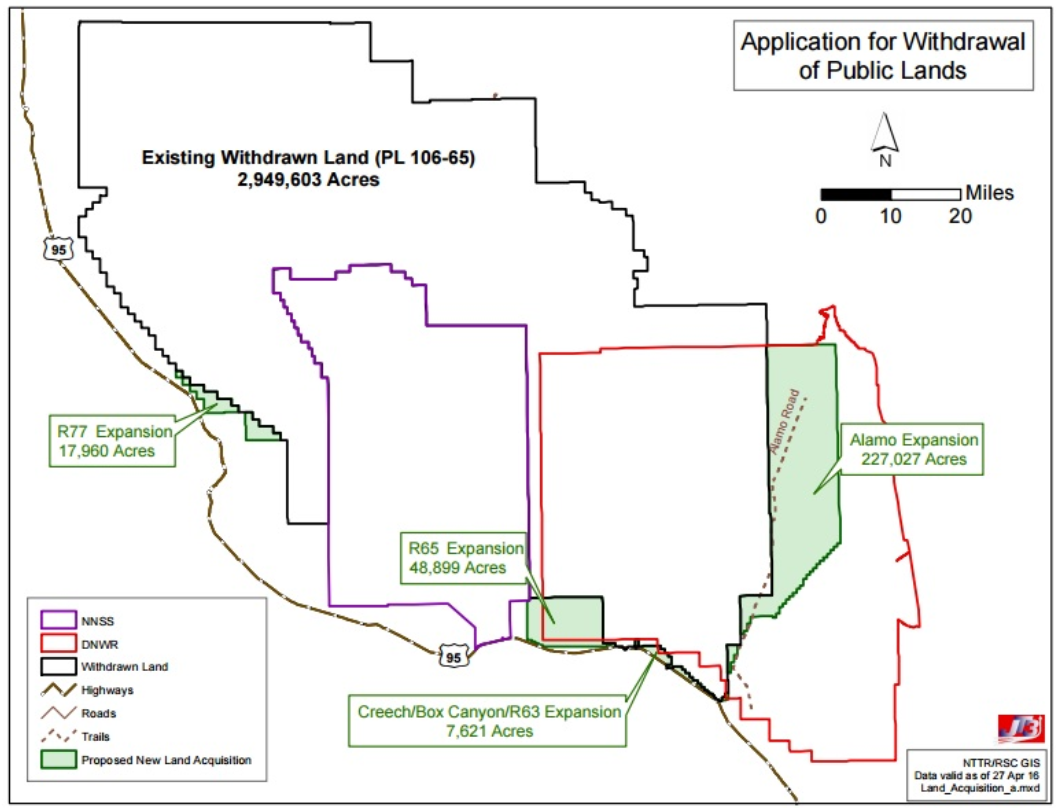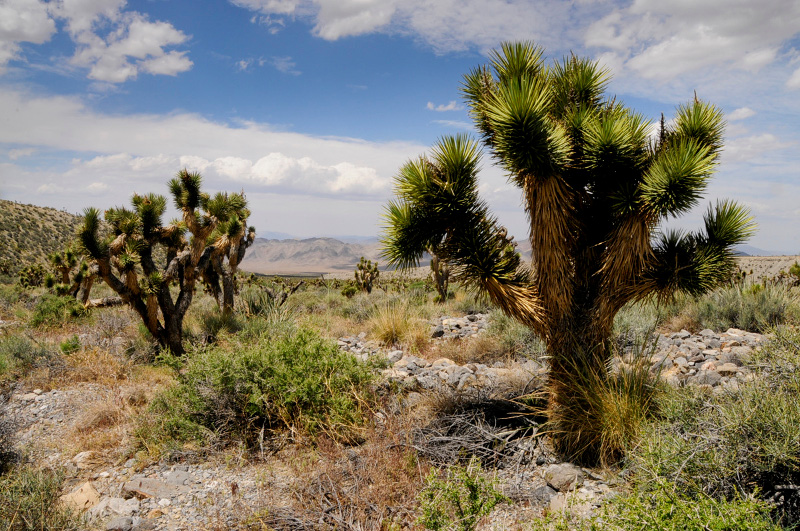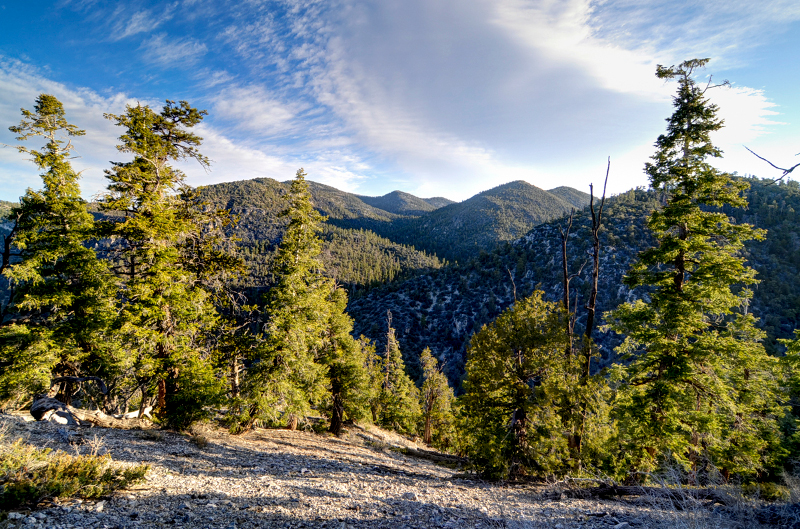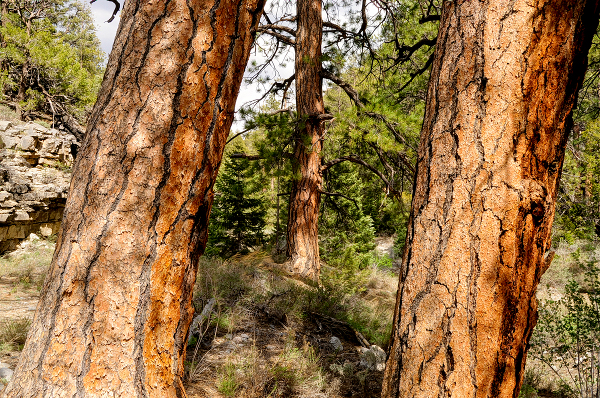By Brian Beffort
The single largest remaining tract of wildland in Nevada—set aside by the US Fish & Wildlife Service in 1936 to protect the desert bighorn sheep and other wildlife—is proposed to become a bombing range. Click here to oppose this terrible proposal.
The Sheep Range, 452,000 acres of roadless wild country, is the crowning mountain range in the Desert National Wildlife Refuge (DNWR). It is also in the crosshairs of the Department of Defense, as they plan to expand the military operations of the Nevada Test and Training Range.
At 1.6 million acres and located just north of Las Vegas, DNWR is the second largest wildlife refuge in the country, second only to the Arctic National Wildlife Refuge in Alaska. (Why is it two of our largest and most iconic wildlife refuges are being open to destruction and development?).

As the map here shows, 52 percent of DNWR (shown in red) is already a bombing range, off-limits to the public. In 2016, the Department of Defense proposed to take over another 301,507 acres (the shaded portions, with the Alamo Expansion covering most of the Sheep Range). This would place 95 percent of the refuge in military hands, locking you out of some amazing backcountry recreation (remember, these are YOUR public lands), and putting bighorn, other sensitive species, and cultural resources from millennia of indigenous people in the sights of military bombing operations.
Senator Cortez Masto has introduced legislation to oppose the military expansion, designate wilderness for most of the Refuge, and to ensure access to the entire Refuge by wildlife officials and local tribes. Now the fight moves to Congress as these competing proposals compete for inclusion in the upcoming, must-pass National Defense Authorization Act. Your support is desperately needed today.
Take action by sending a letter to Congress.
Read the military’s proposal to expand their operations here.
Read a more detailed story about the expansion, and why it’s a bad idea, here. Thank you, Wynne Benti.

The lower elevations of the Desert National Wildlife Refuge look like typical Mojave Desert.
All photos credit Brian Beffort
 These higher-elevation habitats are critical for wildlife and super-fun for people. Who would have thought such things exist within sight of the Strip?
These higher-elevation habitats are critical for wildlife and super-fun for people. Who would have thought such things exist within sight of the Strip?

These majestic ponderosa pines in Hidden Forest are a favorite destination for hikers. This lovely spot, and your access to it, could be threatened by military expansion.